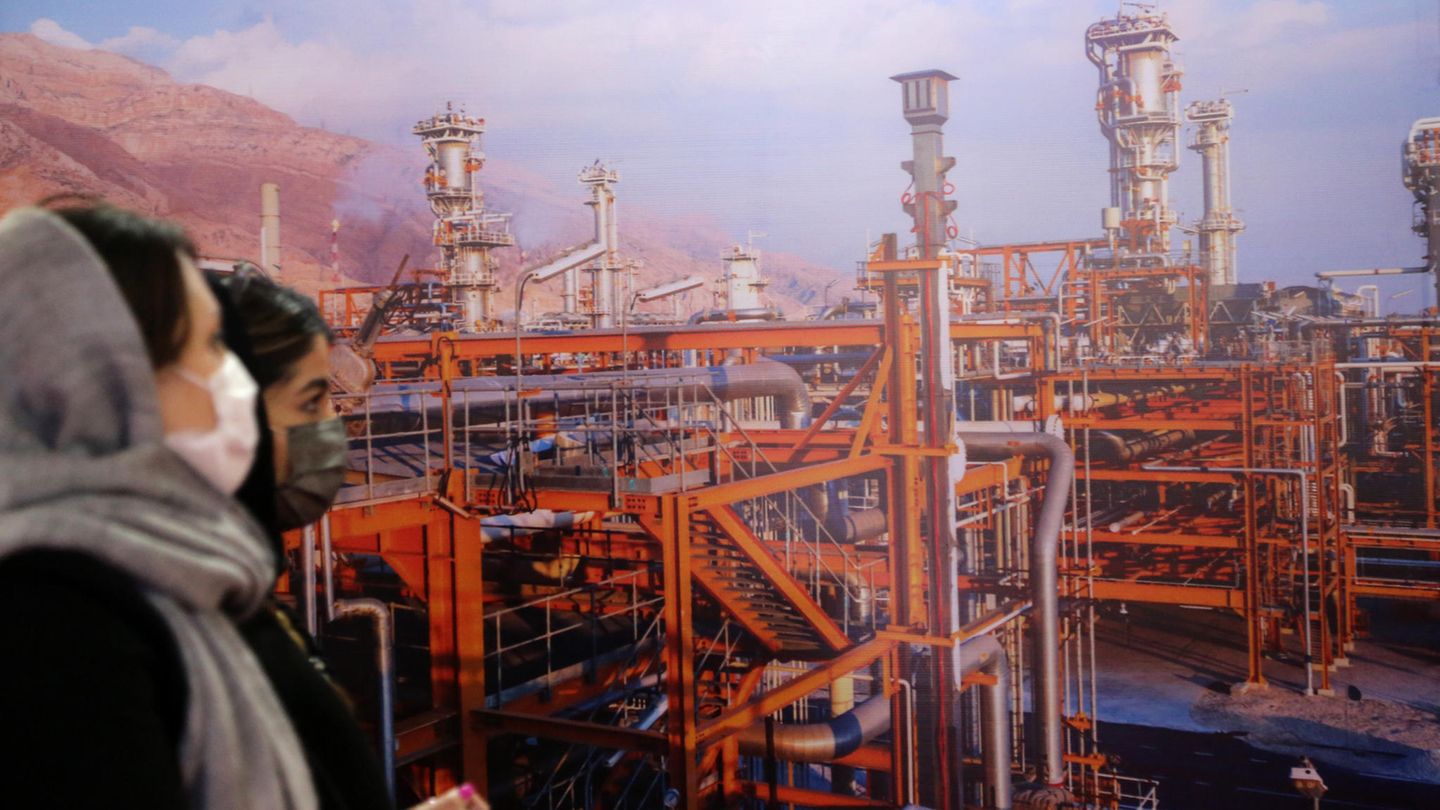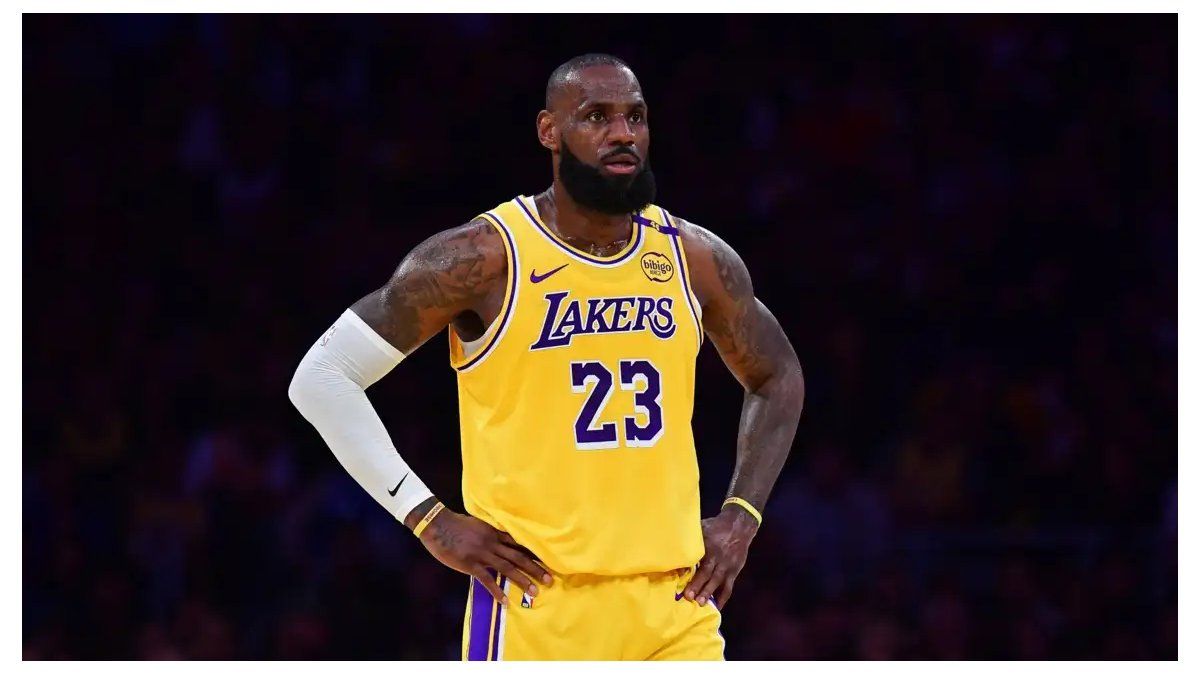What to do without oil and gas from Russia? Because of the war in Ukraine, more and more countries are doing without Russian raw materials. But suppliers like Norway can no longer produce and so “rogue states” suddenly become interesting again.
The trip to the gas station has never been as expensive as it is now. Sometimes a liter of fuel costs more than two euros, and the trend is rising. The price of crude oil, i.e. the raw material for the fuel, has not even reached its all-time high. Most recently, a barrel of North Sea Brent was up to 139 US dollars. That’s still $11 shy of the previous record high set in 2008. But if the West carries out its threats to halt oil and gas imports from Russia over the Ukraine invasion, energy is likely to remain scarce and even more expensive.
One must get rid of Russian gas, oil and Russian coal, said EU Commission President Ursula von der Leyen recently, who no longer rules out a significant shortage of natural gas or oil imports from Russia. The problem with this is that around 40 percent of the gas for Europe comes from Russia and gas as an energy source has so far been difficult or impossible to replace. So other suppliers are needed. But who is eligible for this? Would you be able to step in at short notice? And what kind of regimes are the Europeans dealing with then?
Qatar can’t deliver much more gas
Just two days before the Russian attack on Ukraine, in . In view of the increasing tensions between Russia and Ukraine and the expected sanctions, it was also discussed whether the countries could step in as suppliers in the event that Russia should fail. Her sobering answer is no. Qatar, for example, pointed out that it would first need “significant investments in infrastructure” and would therefore “need to sign long-term contracts with the Europeans,” according to the country’s energy minister, Saad Sherida al-Kaabi. In addition, large parts of the gas exports have already been awarded elsewhere.
However, he announced that he would increase the amount of liquefied natural gas, known by the abbreviation LNG. From now 77 million tons annually to 126 million tons by 2027. According to the energy company BP, the whole of Europe recently imported around 51 billion tons of LNG. Among others from Qatar and the USA. 17.1 billion cubic meters came from Russia. The problem with this is that there are no ship terminals in Germany for accepting and processing liquid gas. So far, Germany has obtained LNG via ports in Belgium, France and the Netherlands. At the beginning of March it was announced that an LNG plant would be built in Brunsbüttel near Hamburg, and a terminal would also be built in Wilhelmshaven. But it will be a few years before they are operational.
Norway ‘shooting at full capacity’
Norway is the second largest gas supplier for Germany. Between 20 and 30 percent come from the Scandinavian country. But it shouldn’t be much more: “We’re shooting at full capacity. We don’t have any reserves with which we could replace other things,” said Norwegian Prime Minister Jonas Gahr Store. The situation is similar in the Netherlands, where around ten percent of the natural gas comes from. The local government and not expand. The reason is the fear of local residents of earthquakes in the region. The supplier country Algeria, on the other hand, has already announced that it will pump more gas into the EU via the Trans-Mediterranean pipeline.
Crude oil shortages are also making themselves felt in other corners of the world. For example in the USA. There, a gallon of gasoline, which corresponds to 3.8 liters, now costs more than four dollars. A high price – even though the United States is the largest oil exporter in the world. However, the domestic product is more expensive than the imported goods from Russia, which is why the recently unthinkable is now being considered: the import of oil from an almost forgotten “rogue state”: Venezuela.
Venezuela is getting back into position
The Latin American country sits atop the world’s largest oil reserves, but is struggling to benefit from it due to mismanagement, debt and sanctions. The socialist government of President Nicolás Maduro is not recognized by Washington and other Western countries, but representatives of both countries have now met and discussed energy supplies. The atmosphere was “respectful, warm and diplomatic,” it said afterwards. Also announced with the controversial government in Caracas. Venezuela’s main problem for the time being, however, remains the ailing infrastructure for extracting raw materials.
The possible comeback of another oil giant is almost lost in the turmoil of the Ukraine war. Significant progress was apparently made in the nuclear negotiations with Iran just a few days ago. For months, the contracting parties – China, Germany, France, Great Britain and Russia – have been mediating in Vienna to save the 2015 nuclear pact. If the deal is agreed and revived, US sanctions on Iranian oil exports could be lifted. That would pave the way for oil from Iran. However, that would not be able to compensate for a loss of Russian oil supplies.
Only helps: save on gas
Even if new sources of oil and gas open up due to the conflict with Russia, none of the measures will be able to compensate for all imports from Eastern Europe. According to the energy expert Claudia Kemfert from the German Institute for Economic Research, a delivery stop would be conceivable at least for coal and crude oil, but not for natural gas. The International Energy Agency therefore recommends replacing gas heating with heat pumps. The power grids would also have to be based on different energy sources as quickly as possible and reduce gas consumption.
Swell: DPA, AFP, , , Statista, , Al Jazeera, , , Deutschlandfunk, ZDF
Source: Stern
David William is a talented author who has made a name for himself in the world of writing. He is a professional author who writes on a wide range of topics, from general interest to opinion news. David is currently working as a writer at 24 hours worlds where he brings his unique perspective and in-depth research to his articles, making them both informative and engaging.




